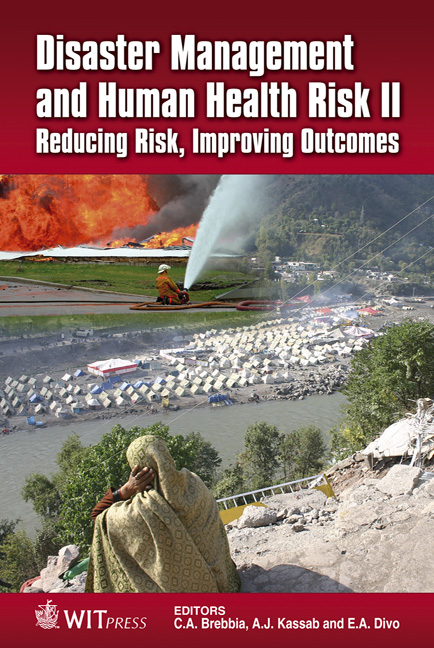Development Of The Analytical Hierarchy Process (AHP) Method For Rehabilitation Project Ranking Before Disasters
Price
Free (open access)
Transaction
Volume
119
Pages
12
Page Range
209 - 220
Published
2011
Size
567 kb
Paper DOI
10.2495/DMAN110191
Copyright
WIT Press
Author(s)
M. Yadollahi & M. Z. Rosli
Abstract
Various proposals for rehabilitation of different structures are presented to decision makers in the forms of rehabilitation proposals. Managers and decision makers have to be aware of the consequences of selecting particular structures as rehabilitation alternatives. The Analytical Hierarchy Process (AHP) as a powerful and simple method can help decision-makers evaluate proposals against a set of weighted criteria and use a data evaluation form to verify that the necessary data have been provided. This study presents a model based on AHP methodology to develop the strategy for ranking non-similar structures against multi-hazard conditions. For this purpose, a quantitative matrix consisting of numerical values for disasters and structures can easily represent the ranking of structures for any purpose such as rehabilitation or fund allocation. It is an approach that describes how good decisions are made rather than prescribes how they should be made. This model offers opportunity to change criteria and modify judgments. A case study for ranking of four types of structures in a road network against four common types of disaster is presented to show the applicability of the proposed model. The results of the study show the relative importance weights of the road structures. The achieved normalized numeric results (for each group of structure) indicate the importance of these structures in the road network. Keywords: risk analysis, disaster management, Analytical Hierarchy Process (AHP), decision making, rehabilitation.
Keywords
risk analysis, disaster management, Analytical Hierarchy Process (AHP), decision making, rehabilitation




